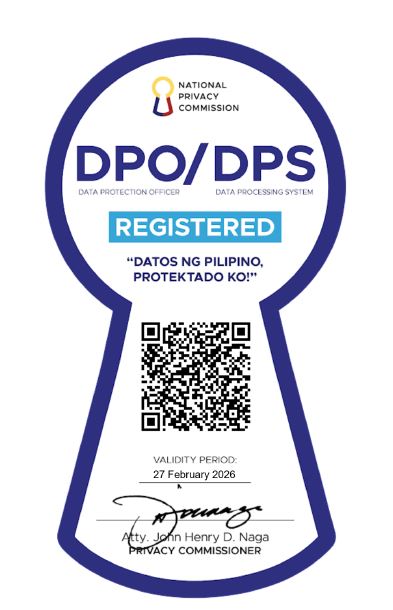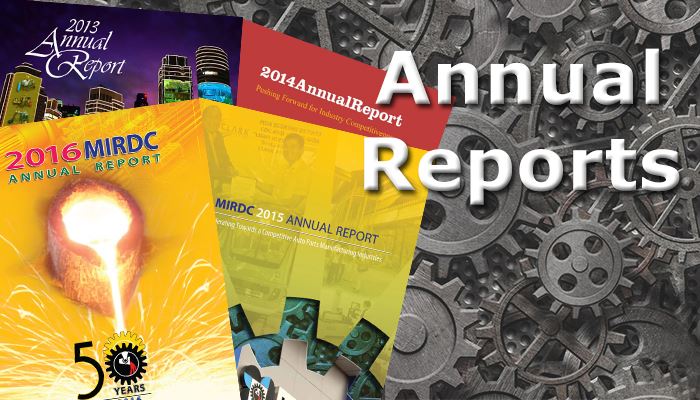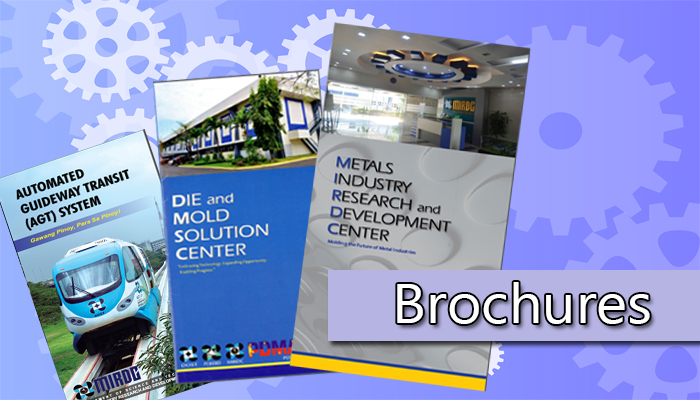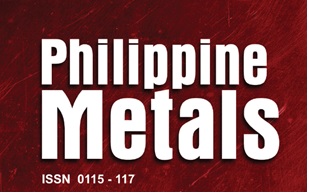"Molding the Future of Metal Industries"
|
The dual-purpose machine functions as juicer of sweet sorghum and crusher of sugarcane. It acts as sweet sorghum juicer when the top roller rotates in the opposite direction as the bottom rollers. It is converted to a sugarcane crusher when:
It is easy to operate, requires low maintenance, lightweight, portable, and can adapt to electric or engine prime mover. Target Sector: Sugar Industry Engr. Jose B. Ferrer |
"Molding the Future of Metal Industries"
|
Compared to the previous model (2011), the sugarcane crusher’s main advantages are:
This equipment is designed to extract juice from sugarcane using a two-cylinder engine that is connected to a transmission system which reduces speed and produces the torque required for crushing. The sugarcane crusher addresses the increasing demand for a more efficient juice extraction to supply the needs for both sugar and ethanol.
Target Sector: Sugar Industry Engr. Francisco C. Dime |
"Molding the Future of Metal Industries"
|
It is a machine typically made up of a frying vessel, an oil pre-heating vessel, a vacuum pump, and a control panel that is designed to deep-fry fruits, vegetables, fish and meat. Vacuum frying is a method that uses less oil and requires no preservative. Vacuum-fried food products have reduced oil and water contents so that a high quality crisp texture is achieved while flavour consistency and color of food are maintained. Vacuum frying is a method that will enhance the performance and productivity of Food Processing Firms (FPFs). Target Sector: Food Processing Engr. Jose B. Ferrer Registry No./Utility Model: Application on-going |
"Molding the Future of Metal Industries"
|
The Vacuum Evaporator has an 80-liter capacity that uses an LPG-fired burner as heat source and a vacuum pump that sucks out the water vapour. This equipment produces food products such as evaporated milk and tomato paste for ketchup. Vacuum evaporation effectively preserves concentrated solid and liquid products so that shelf life is prolonged without sacrificing product quality. Vacuum evaporated products have reduced weight and volume minimizing packaging requirement.
Target Sector: Food Processing
Engr. Jose B. Ferrer Registry No./Utility Model: Application on-going |
"Molding the Future of Metal Industries"
|






















